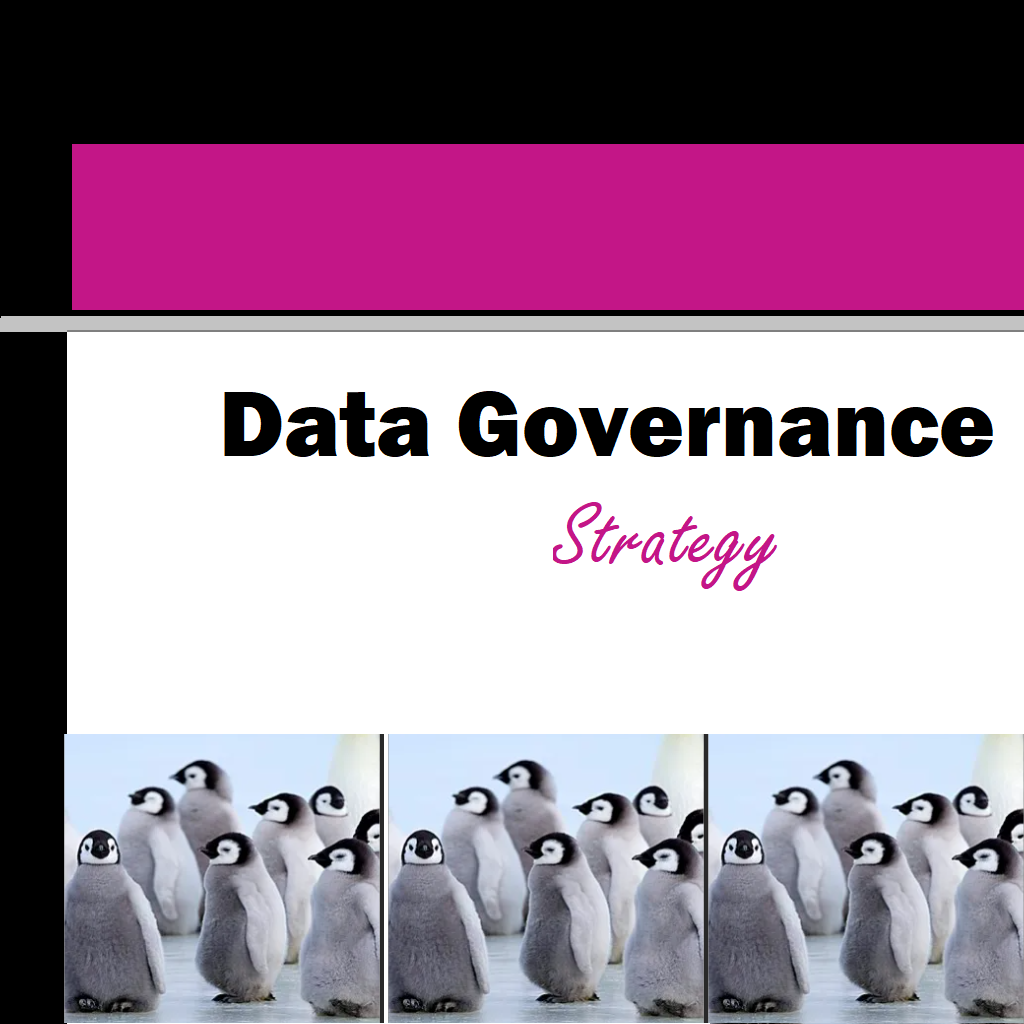A business rules matrix, also known as a decision matrix or decision table, is a tool used to document and organize business rules in a tabular format. It provides a structured way to capture and represent complex sets of conditions and corresponding actions or outcomes.
A business rules matrix typically consists of rows and columns. The rows represent various conditions or factors that influence decision-making, while the columns represent different actions, outcomes, or responses. Each cell in the matrix defines the relationship between a specific condition and action, indicating what action should be taken based on the condition being true or false.
The purpose
Using a business rules matrix, also known as a decision matrix or decision table, serves several purposes that contribute to effective decision-making and business operations.
Firstly, a business rules matrix brings organization and clarity to complex sets of business rules. By presenting the conditions and corresponding actions in a structured, tabular format, it enhances the understanding and communication of decision logic. This visual representation helps stakeholders, business analysts, and developers align their understanding of the rules and ensures consistency in decision-making.
Secondly, a business rules matrix serves as documentation for business rules. It provides a systematic record of decision logic, making it easier to review, update, and maintain rules over time. Documenting the rules in a structured format promotes transparency, traceability, and accountability in decision-making processes. It also aids in compliance efforts by demonstrating adherence to regulations, policies, and best practices.
Additionally, a business rules matrix enables analysis and validation of business rules. By visually representing the relationship between conditions and actions, it becomes easier to identify inconsistencies, conflicts, or gaps in decision logic. This analysis helps in uncovering any issues, ensuring the completeness and accuracy of rules, and minimizing errors or unintended consequences of decision-making.
Furthermore, a business rules matrix offers flexibility and adaptability. As conditions or requirements change, decision tables can be easily modified or extended without requiring significant rework. This flexibility allows organizations to respond quickly to evolving business needs, regulatory changes, or market dynamics, ensuring their decision-making processes remain up to date and aligned with their objectives.
Another important purpose of using a business rules matrix is to support decision automation. Once the decision logic is captured in a table, it can be translated into code or integrated into rule engines or decision management systems. This automation improves operational efficiency, reduces manual errors, and ensures consistent and compliant decision-making across different systems or applications.
Lastly, a business rules matrix plays a crucial role in compliance and risk management. By documenting and explicitly stating business rules, organizations can demonstrate adherence to legal and regulatory requirements. This aids in risk management, auditability, and mitigating potential legal or operational risks that may arise from inconsistent or inaccurate decision-making processes.
The use of a business rules matrix enhances understanding, organization, and documentation of complex business rules. It facilitates analysis and validation, supports decision automation, and ensures compliance and efficiency in decision-making processes, ultimately contributing to effective and reliable business operations.
Here’s a simplified example of a business rules matrix for a fictitious e-commerce website’s shipping policy:

In this example, the matrix captures three conditions: total order value, which determines the shipping cost, and the destination, which affects whether international shipping rates apply. The corresponding actions or outcomes are specified in the adjacent column.
Business rules matrices provide a visual representation of complex decision logic, making it easier to understand and communicate business rules within an organization. They can be used in a variety of domains, such as finance, insurance, healthcare, and compliance, where decision-making is influenced by multiple factors and conditions.
Why even bother?
Business rules matrices, or decision tables, offer several benefits that make them valuable tools in business analysis and decision-making processes. Here are a few reasons why organizations bother with using business rules matrices:

1. Clarity and organization: Decision tables provide a clear and organized representation of complex business rules. By presenting conditions and corresponding actions in a tabular format, it becomes easier to understand and communicate the decision logic. This clarity helps stakeholders, business analysts, and developers align their understanding of the rules and ensure consistency in decision-making.
2. Documentation: Decision tables serve as documentation for business rules. They capture the rules in a structured format, making them easy to review, update, and maintain over time. Documentation is particularly crucial for compliance purposes, audits, and regulatory requirements, where transparency and traceability of decision-making processes are essential.
3. Analysis and validation: Decision tables facilitate analysis and validation of business rules. By visualizing the relationship between conditions and actions, it becomes easier to identify inconsistencies, conflicts, or missing rules. This helps in uncovering gaps, ensuring completeness, and minimizing errors or unintended consequences of decision-making.
4. Agility and flexibility: Decision tables allow for easy modification and adaptation of business rules. As conditions or requirements change, decision tables can be updated or extended without requiring significant rework. This flexibility enables organizations to respond to evolving business needs and regulatory changes more efficiently.
5. Decision automation: Business rules matrices provide a foundation for decision automation. Once the decision logic is captured in a table, it can be translated into code or integrated into rule engines or decision management systems. This automation can improve operational efficiency, reduce manual errors, and ensure consistent and compliant decision-making across different systems or applications.
The business rules matrices offer clarity, documentation, analysis, agility, and automation benefits, making them a valuable tool for organizations to capture, manage, and apply business rules effectively.
Some more examples
Here are a few more examples of business rules matrices:
1. Loan Approval Matrix:

In this example, the matrix captures the relationship between a borrower’s credit score and income level and the corresponding loan approval decision.
2. Discount Pricing Matrix:

This matrix represents the discount pricing rules based on the order quantity and the customer type (regular or VIP).
3. Software Release Matrix:

This matrix outlines the software versions supported in different environments and operating systems.
4. Product Return Matrix:

This matrix captures the return policy rules based on the reason for return and the return window.
These examples illustrate how business rules matrices can be used to capture various decision-making scenarios in different domains, ranging from finance and retail to software development and customer service.
Tips on creating a good business matrix
Creating a good business rules matrix, or decision matrix, requires careful consideration and attention to detail. Here are some tips to help you create an effective and well-structured business matrix:
1. Clearly define the objective: Begin by clearly understanding the objective of the business rules matrix. Identify the specific decisions or actions you want to capture and define the purpose and scope of the matrix accordingly.
2. Identify and categorize the conditions: Determine the conditions or factors that influence the decision-making process. Identify the relevant variables and categorize them into distinct conditions. Clearly define the values or ranges for each condition.
3. Determine the actions or outcomes: Identify the actions, outcomes, or responses that are associated with each combination of conditions. Clearly define the actions or decisions to be taken based on the specific conditions being true or false.
4. Use a tabular format: Present the business rules matrix in a tabular format for clarity and organization. Use columns to represent the conditions and actions, and rows to represent different combinations or scenarios.
5. Avoid ambiguity and overlap: Ensure that each condition and action is clearly defined and unambiguous. Avoid overlapping or conflicting rules that can lead to confusion or contradictory outcomes. Each combination of conditions should have a unique and well-defined action.
6. Keep it concise and manageable: Aim for a concise and manageable matrix. Avoid excessive complexity by focusing on the most relevant conditions and actions. If the matrix becomes too large or unwieldy, consider breaking it down into smaller, more manageable sub-matrices or using additional supporting documentation.
7. Test and validate the matrix: Thoroughly test and validate the business rules matrix to ensure that it accurately represents the desired decision logic. Verify that the matrix produces the expected outcomes for different combinations of conditions.
8. Document assumptions and dependencies: Clearly document any assumptions, dependencies, or constraints that are relevant to the business rules matrix. This helps provide context and ensures that the matrix is used appropriately and accurately.
9. Review and maintain regularly: Regularly review and update the business rules matrix as needed. Keep it aligned with any changes in business requirements, regulations, or market conditions. Ensure that it remains an accurate and up-to-date representation of the decision logic.
10. Seek input and collaboration: Involve relevant stakeholders, subject matter experts, and decision-makers in the creation and validation of the business rules matrix. Collaboration ensures that different perspectives are considered, increases the accuracy of the matrix, and enhances buy-in and adoption.
By following these tips, you can create a well-structured and effective business rules matrix that accurately represents your decision-making logic and supports efficient and consistent decision-making processes.
To conclude
Business rules matrices, or decision matrices, can be used in a wide range of industries and domains. Here are some examples of industries where business rules matrices can be applied:
1. Finance and Banking: Business rules matrices can be used for credit scoring, loan approval, risk assessment, and compliance with regulations like Anti-Money Laundering (AML) or Know Your Customer (KYC) requirements.
2. Insurance: Decision matrices are useful for underwriting decisions, claims processing, policy pricing, eligibility determination, and fraud detection.
3. Healthcare: Business rules matrices can support medical diagnosis, treatment guidelines, patient triage, eligibility determination for medical services, and compliance with healthcare regulations.
4. Retail and E-commerce: Decision matrices are applicable in pricing strategies, discount rules, product recommendations, order fulfillment, returns and refunds, and customer segmentation.
5. Manufacturing and Supply Chain: Business rules matrices can aid in inventory management, production scheduling, quality control, supplier selection, and supply chain optimization.
6. Telecommunications: Decision matrices are useful for tariff and pricing plans, service provisioning, network management, customer service escalation, and dispute resolution.
7. Human Resources: Business rules matrices can support employee onboarding, performance evaluations, leave management, payroll calculations, and compliance with labor regulations.
8. Government and Public Sector: Decision matrices can be applied in areas such as tax regulations, permit approvals, social welfare eligibility, licensing and compliance, and public service allocation.
9. Transportation and Logistics: Business rules matrices can aid in route optimization, freight pricing, transportation scheduling, fleet management, and logistics decision-making.
10. Compliance and Regulatory Industries: Decision matrices are relevant in industries where compliance with regulations, such as data privacy laws, financial reporting, environmental standards, or safety regulations, is critical.
These examples highlight the versatility and broad applicability of business rules matrices across various industries. The specific use cases may vary within each industry, but the underlying concept of capturing and managing decision logic remains consistent.
Read more about different tech here





Definitely, what a splendid website and educative posts, I surely will bookmark your blog.All the Best!
you have a great blog here! would you like to make some invite posts on my blog?
Great weblog here! Also your website loads up very fast! What web host are you the use of? Can I am getting your associate link for your host? I wish my web site loaded up as quickly as yours lol
I will immediately grab your rss as I can’t find your e-mail subscription link or e-newsletter service. Do you have any? Kindly let me know so that I could subscribe. Thanks.
certainly like your web-site but you need to check the spelling on quite a few of your posts. Several of them are rife with spelling problems and I find it very troublesome to tell the truth nevertheless I抣l certainly come back again.
I together with my buddies were found to be examining the best tips and hints from your web site and so immediately I got an awful suspicion I never expressed respect to the web site owner for them. My women were for this reason thrilled to see all of them and already have in actuality been tapping into these things. Appreciation for simply being considerably helpful as well as for opting for this form of good issues most people are really desirous to know about. My personal sincere apologies for not expressing appreciation to you sooner.
I have taken note that of all varieties of insurance, health care insurance is the most dubious because of the turmoil between the insurance plan company’s duty to remain adrift and the customer’s need to have insurance policy. Insurance companies’ earnings on wellness plans are very low, as a result some organizations struggle to earn profits. Thanks for the ideas you discuss through this site.
One thing I want to say is the fact that car insurance cancelling is a dreaded experience so if you’re doing the proper things as being a driver you simply won’t get one. A lot of people do obtain notice that they’ve been officially dumped by their particular insurance company they have to struggle to get additional insurance after the cancellation. Cheap auto insurance rates tend to be hard to get after having a cancellation. Having the main reasons for auto insurance cancellations can help car owners prevent burning off one of the most important privileges available. Thanks for the suggestions shared via your blog.
It抯 really a nice and useful piece of information. I am glad that you shared this useful information with us. Please keep us up to date like this. Thanks for sharing.
Great write-up, I am regular visitor of one抯 blog, maintain up the nice operate, and It is going to be a regular visitor for a lengthy time.
Great post. I was checking continuously this blog and I’m inspired! Extremely useful information particularly the closing part 🙂 I deal with such information much. I used to be seeking this certain information for a very long time. Thanks and good luck.
An fascinating dialogue is worth comment. I believe that it’s best to write more on this subject, it won’t be a taboo topic but typically people are not enough to speak on such topics. To the next. Cheers